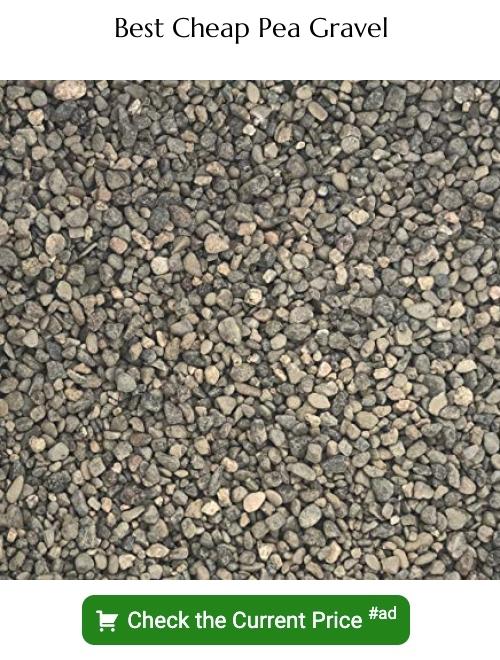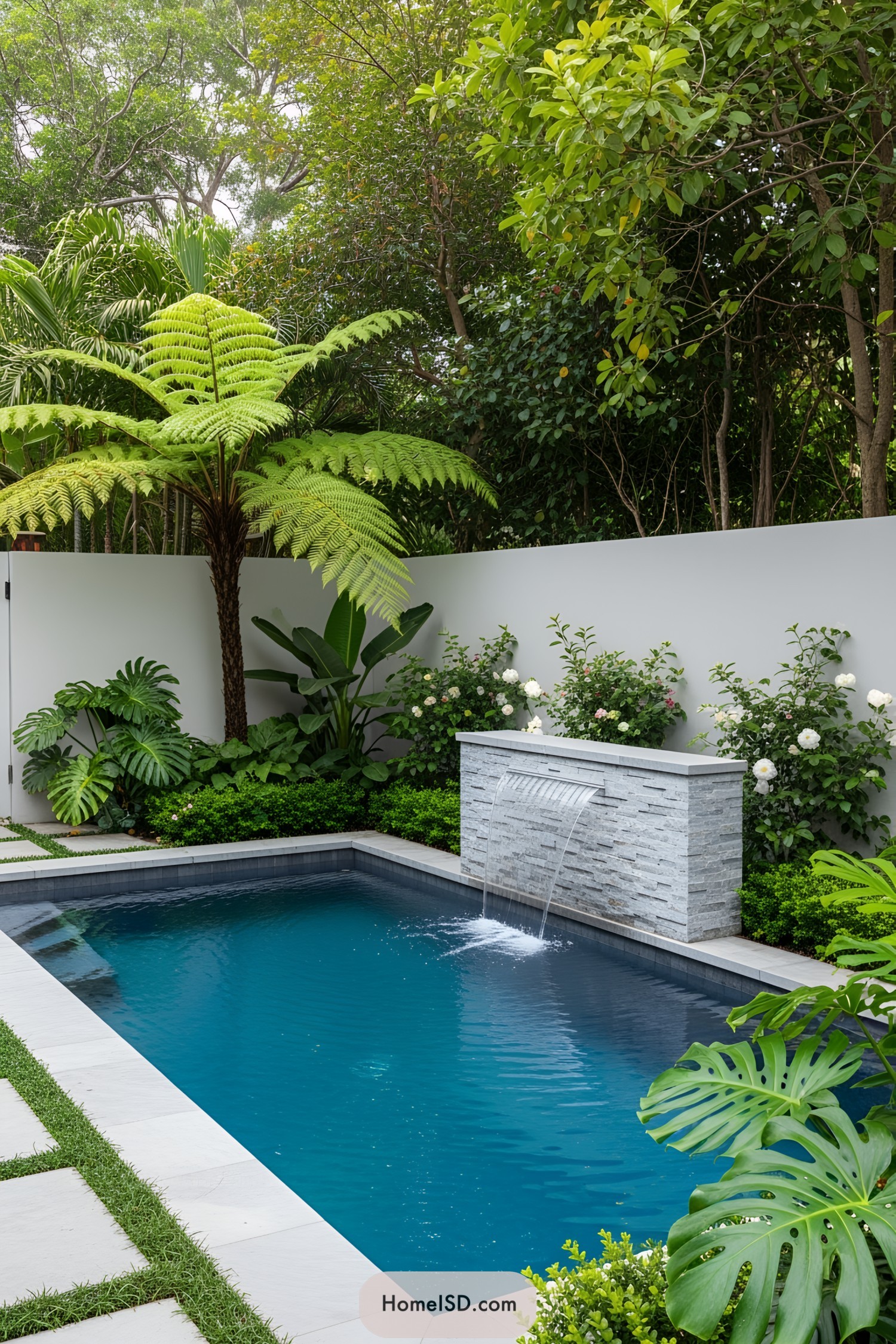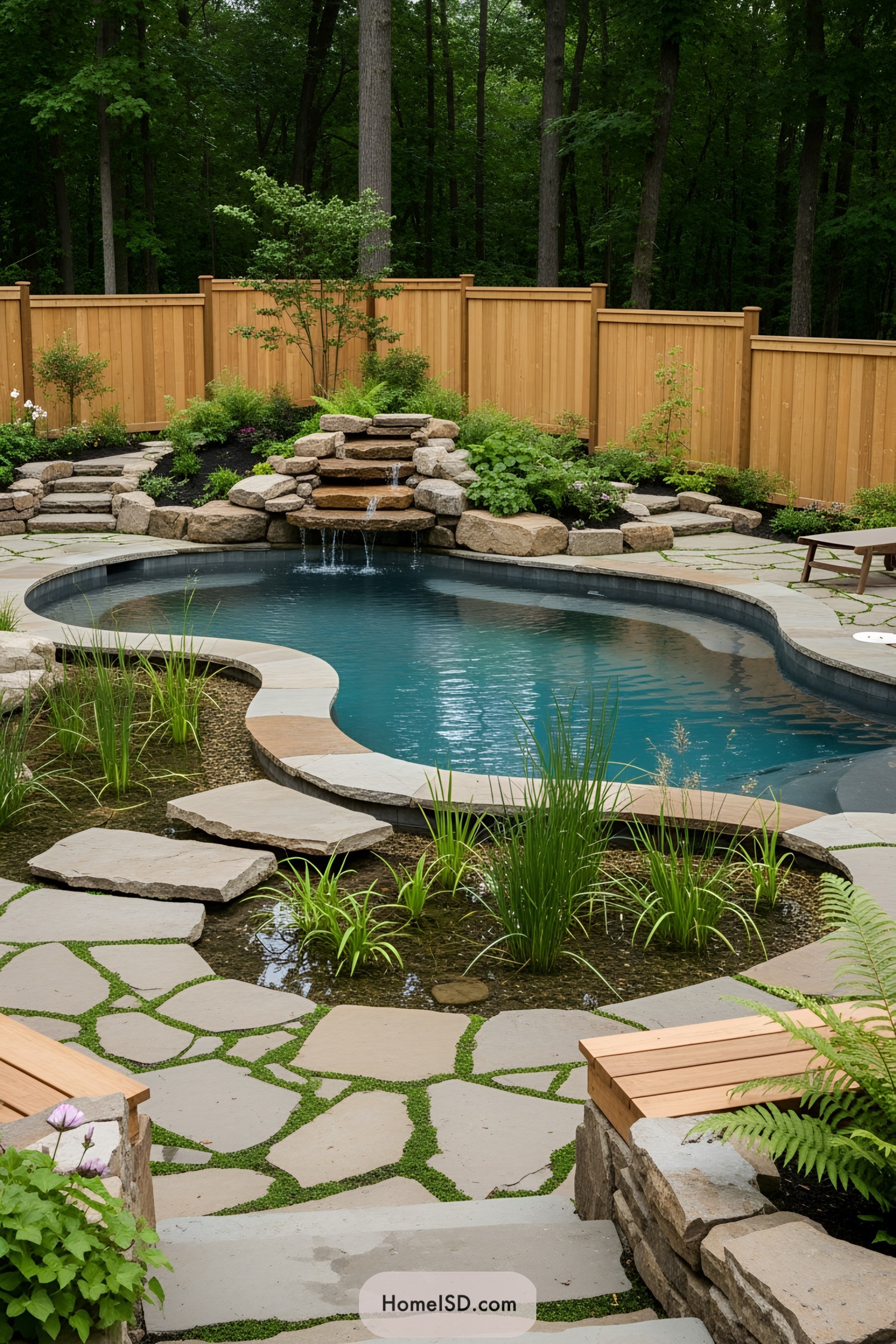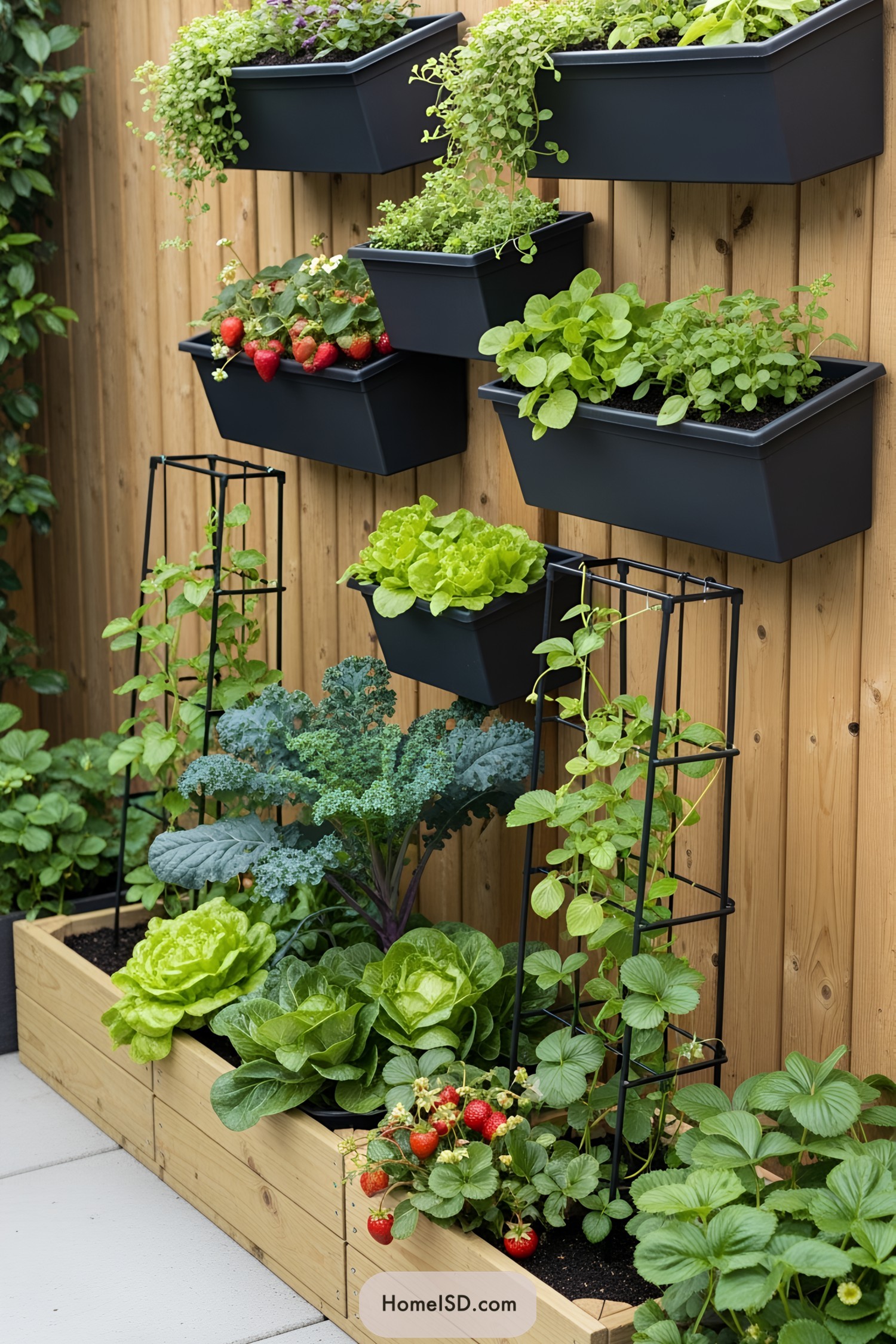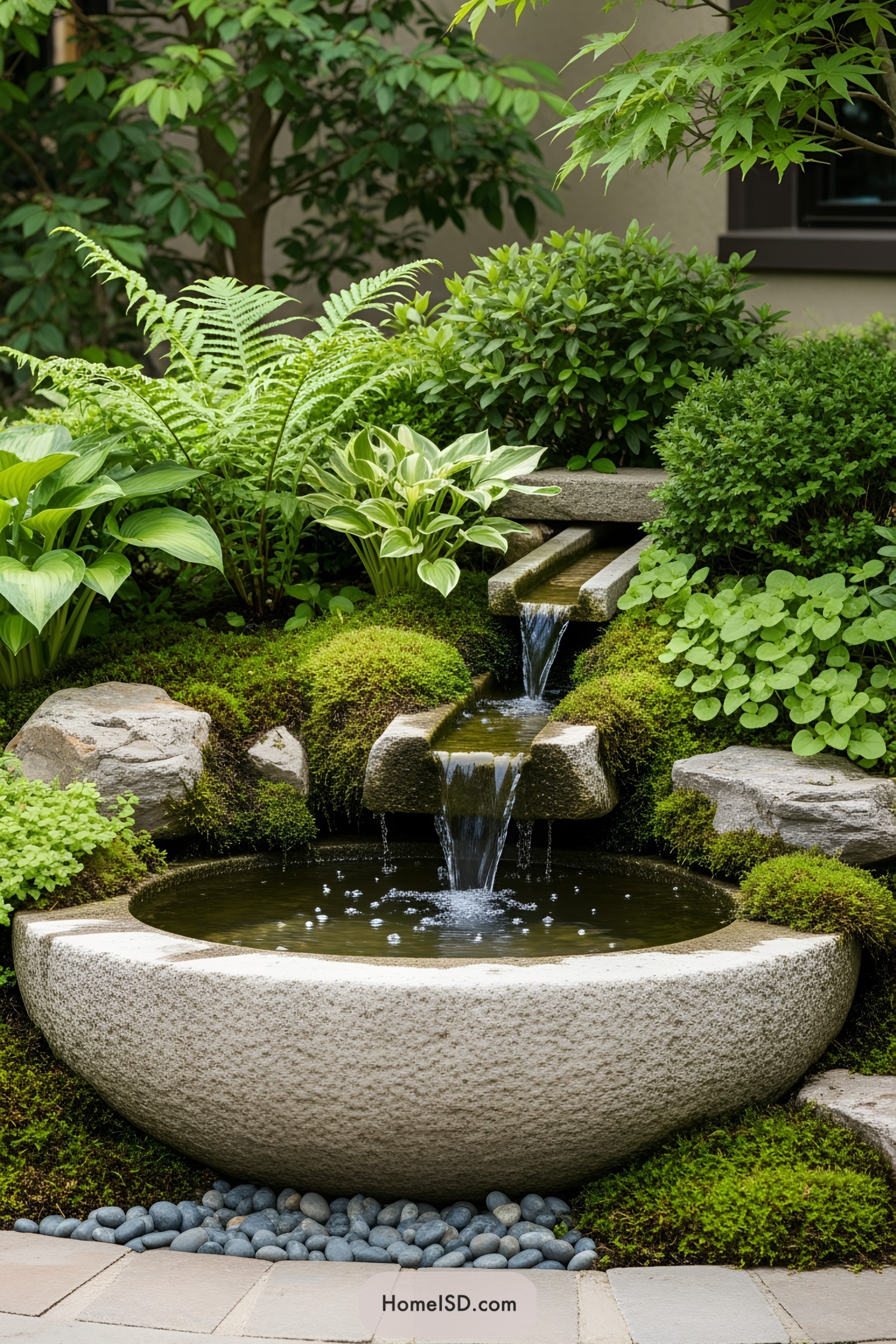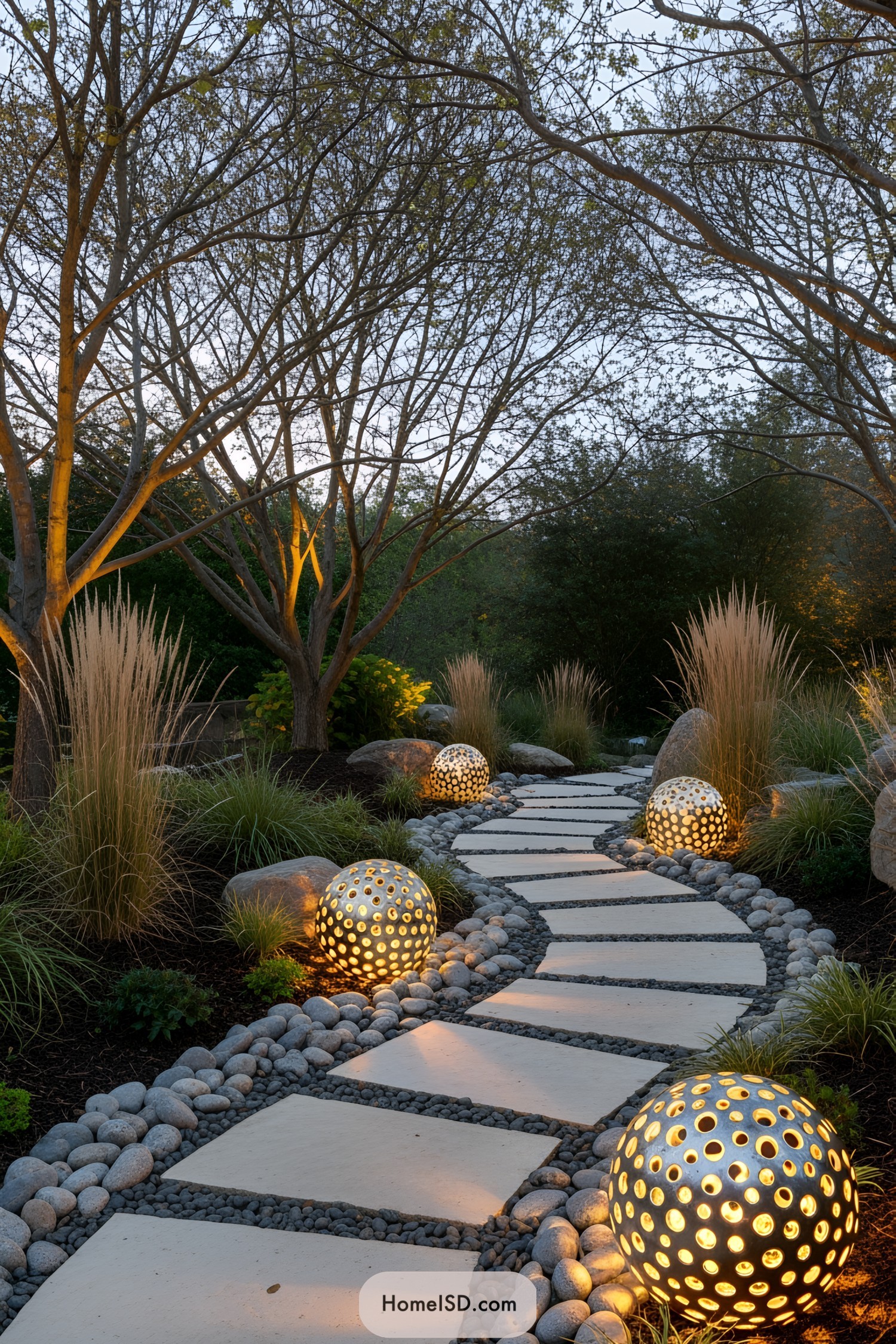Last updated on
Choosing the cheapest pea gravel can transform your landscaping endeavors because budget-friendly options are as plentiful as they are versatile.
Key takeaways:
- Pea gravel prices range from to per ton.
- Small projects may only require a few bags of pea gravel.
- Factors that affect cost include color, size, quality, and availability.
- Bulk purchases often result in cost savings.
- Delivery fees vary based on distance and supplier.
How Much Does Pea Gravel Cost in 2024?
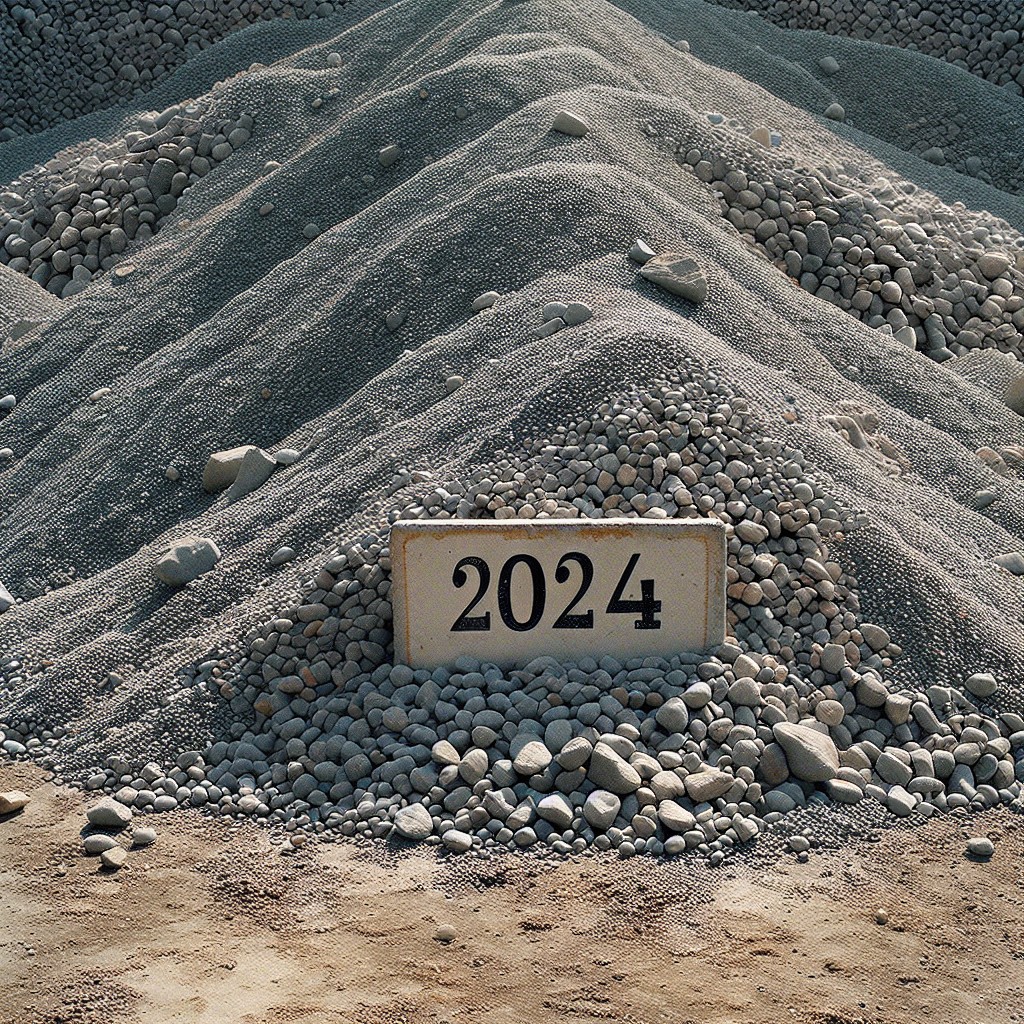
Navigating the fluctuating landscape of pea gravel prices in 2024 involves considering several dynamic factors. On average, homeowners can expect to spend anywhere from $10 to $50 per ton. Local variations in supply can lead to price disparities, with regions closer to quarries typically boasting lower costs due to reduced transportation expenses.
Moreover, the price per bag, typically covering around 0.5 cubic feet, can range from $4 to $6, offering a convenient option for small-scale projects. To best manage your budget, it’s essential to measure the project area accurately and calculate the volume of pea gravel needed, ensuring efficient use of resources and avoiding unnecessary expenses.
Cost Estimator By Project Size

To gauge the amount of pea gravel needed, one must measure the project area’s length and width, then determine the desired depth of gravel coverage. Pea gravel is commonly sold by the cubic yard or by the ton.
For smaller projects, like a walkway, you might require just a few bags, each typically covering about 2 to 3 square feet at a depth of 2 inches. For larger projects, such as garden paths or patios, you may need several cubic yards.
Here’s a quick reference:
- Small projects: 1/2 cubic yard of pea gravel covers about 50 square feet.
- Medium projects: 1 cubic yard covers about 100 square feet at 3 inches deep.
- Large projects: For one inch of coverage, 1 cubic yard will cover an area of 300 square feet.
As project size scales up, the cost per unit of pea gravel typically decreases, offering some economy of scale. Remember that these are general figures and that exact measurements and depth requirements will make your needs more precise. Always account for a little extra to cover irregularities or miscalculations.
Other Factors That Affect Cost
While the amount you’ll need certainly impacts price, don’t overlook these nuances:
- Color and Size Variations: Uncommon colors and specific sizes may command higher prices.
- Quality and Cleanliness: Higher purity or washed gravel typically costs more due to processing.
- Regional Availability: Locally sourced materials are often cheaper due to lower transport costs.
- Seasonal Demand: Prices can spike in spring and summer during peak landscaping season.
- Supplier Type: Prices can vary from home improvement stores to landscape supply shops to direct quarry purchases.
Keep these in mind while shopping for pea gravel to avoid unexpected expenses.
Buying in Bulk
Purchasing pea gravel in bulk quantities typically leads to cost savings. Suppliers often price larger orders at a lower cost per unit due to economies of scale. This practice cuts down on packaging and transportation costs. Consider these points when buying in bulk:
- Bulk purchases may require a minimum amount, generally measured in cubic yards or tons.
- Check for tiered pricing structures; the more you buy, the less you pay per cubic yard or ton.
- Ensure you have adequate storage space for the quantity you purchase.
- Calculate your needs accurately to avoid excess that could go to waste.
- Explore local landscaping companies and stone yards for bulk options, as they might offer competitive rates.
- When comparing prices, ask if delivery is included; if not, factor this into the overall cost.
Delivery Fees
Understanding delivery costs is crucial when budgeting for pea gravel. These fees are determined by the distance from the supplier to your location. Local deliveries may incur a minimal charge, but prices escalate as miles add up. Consider proximity when choosing a supplier to keep these costs low.
Suppliers might offer free delivery within a certain radius or for large orders. It’s a smart move to ask about delivery promotions. If you’re undertaking a small project, collaborating with neighbors who also need landscaping materials can result in a split delivery charge, offering significant savings. Always inquire about delivery options and fees upfront to avoid unexpected expenses.
Cost of Installing Pea Gravel
The expense of laying down pea gravel extends beyond the material’s price per cubic yard or ton; installation procedures carry additional costs. In considering professional installation, which typically ranges from $12 to $65 per hour, the overall labor costs could amount to around $400 to $1,000 for a standard project. This service usually includes preparation of the site, spreading, and leveling the gravel.
For cost-conscious homeowners, a DIY approach can eliminate these labor costs. However, readiness to invest time and physical effort is essential. The process involves clearing the area of weeds and debris, laying down landscape fabric to prevent weed growth, and distributing the pea gravel evenly. While DIY can save on labor, consider renting or purchasing the necessary tools for the job, such as wheelbarrows, rakes, and shovels, if not already on hand.
Keep in mind the depth of the gravel. For adequate coverage that prevents weeds and ensures a stable surface, aim for about a 2-inch depth. This will influence the quantity of materials needed and hence the total cost. Estimating accurately prevents over-buying and unnecessary expenses.
Always consider the value of your time against potential savings. While DIY installation can reduce costs, it’s crucial to balance this against the time commitment required to complete the project.
DIY Installation Process Vs. Professional Installation Cost
Embarking on a DIY pea gravel project can greatly reduce expenses since you’re saving on labor costs. Here are some key points to understand the financial implications of both DIY and professional installation:
- Materials Needed: You’ll require tools like a rake, shovel, wheelbarrow, and landscaping fabric, which contribute to the DIY costs but are often owned already.
- Time Commitment: DIY means investing your time. Consider how much your time is worth when evaluating savings versus hiring a pro.
- Skill Level: Installation is relatively straightforward, but if the project is complex, a professional can ensure proper drainage and a level surface.
- Labor Costs: Professional installation typically charges by the hour or project. This cost includes expertise, efficiency, and often a warranty for the work done.
- Quality and Longevity: A professional’s know-how can be the difference between pea gravel that shifts and sinks and a patio that remains pristine for years.
- Insurance: Professionals carry insurance to protect against potential damage. DIY projects place this risk on you.
Deciding between DIY or professional installation hinges on balancing the potential savings against the convenience and quality of professional services.
Cost of Pea Gravel By Location
Regional variations can significantly impact the price of pea gravel. Proximity to quarries where pea gravel is sourced often means lower prices due to reduced transportation costs. For instance, in the Midwest, where numerous quarries exist, prices may be more budget-friendly compared to more remote locations.
On the coasts, where shipping distances are greater, expect to pay a premium. Urban areas might also see higher prices due to increased demand and the costs associated with urban logistics. It’s a good idea to check with local suppliers, as they can offer competitive rates reflecting the economic dynamics of your specific region.
Keep in mind that seasonal factors can play a role; during off-peak seasons, some suppliers might reduce prices to stimulate sales. Therefore, timing your purchase can be as strategic as where you make it.
Where to Find Cheapest Pea Gravel
Navigating the market for the most pocket-friendly pea gravel doesn’t have to be daunting. Your best bets include local quarries, landscaping suppliers, and home improvement stores. Quarries often offer the lowest prices, as they are the primary source for these materials. Additionally, purchasing directly eliminates middleman markups.
Alternatively, landscaping suppliers cater to a variety of needs and may offer competitive prices, especially during promotional periods or when you buy in larger quantities. Keep an eye on local ads and newsletters for special sale events.
Home improvement stores can occasionally have good deals on pea gravel, particularly when there are seasonal clearances. Although they may not be as cheap as quarries or specialized suppliers, the convenience and accessibility can make up for the slight price difference.
Furthermore, online marketplaces can be a treasure trove for deals. Sites like Craigslist or Facebook Marketplace often feature listings from individuals looking to offload excess materials from their projects at significantly reduced costs or even for free.
Lastly, consider reaching out to a network of local gardeners or builders. They might have surplus pea gravel from completed projects and offer it at a lower cost or share tips on where to source affordable materials. Collaboration can lead to saving not just money, but also valuable resources.
Tips On Getting the Best Price for Pea Gravel
Streamline your search for affordable pea gravel with these actionable strategies:
1. Compare Local Suppliers: Don’t settle on the first price you find. Scout around, ask for quotes from various local landscaping companies, and garden supply stores.
2. Bulk Purchases: The more you buy, the less it costs per unit. Consider a larger purchase, especially if you have the space to store excess gravel.
3. Seasonal Discounts: Prices can drop during off-peak seasons for gardening and landscaping. Late fall or early winter might yield better deals.
4. Neighbor Collaboration: Combining orders with neighbors can result in bulk pricing and shared delivery fees, reducing the overall cost.
5. Pick-Up Instead of Delivery: If you have the means, picking up the pea gravel yourself can save you significant delivery charges.
6. Negotiate Pricing: Especially when buying in large quantities, there’s often room for negotiation. Don’t hesitate to ask for a discount.
7. Recycled Options: Sometimes you can find recycled pea gravel, which is not only eco-friendly but often cheaper than new gravel.
Remember that cheapest doesn’t always mean the best value. Ensure that the gravel is of good quality to avoid future issues with your landscaping project.
Recap
